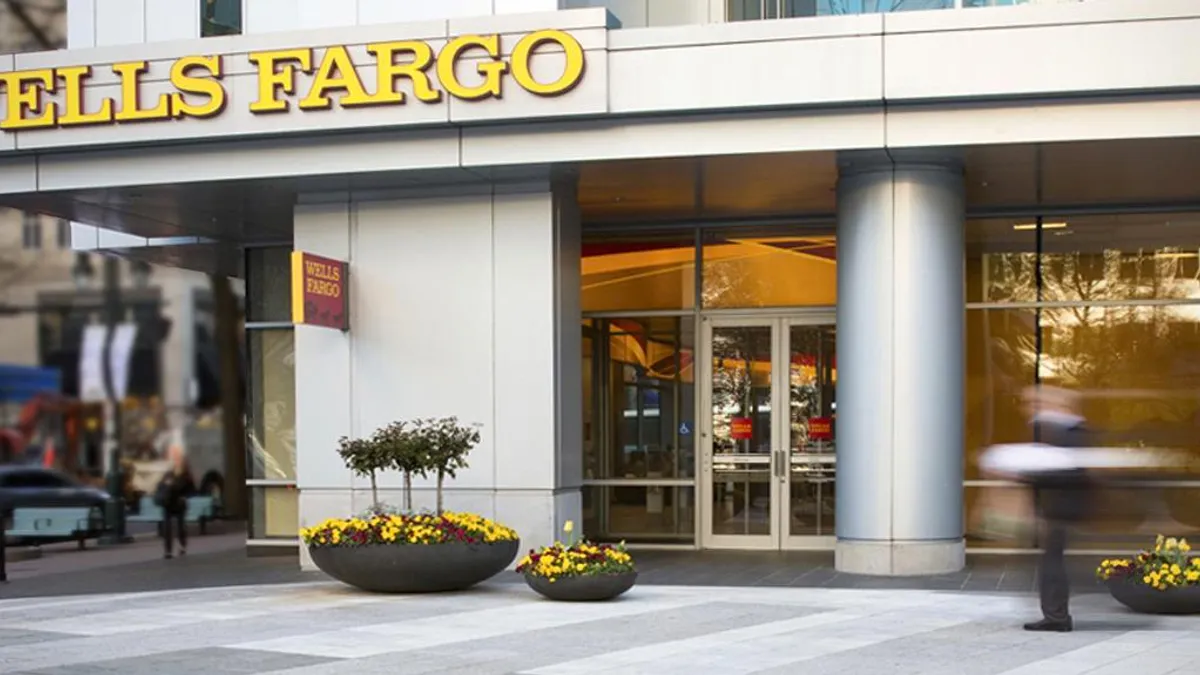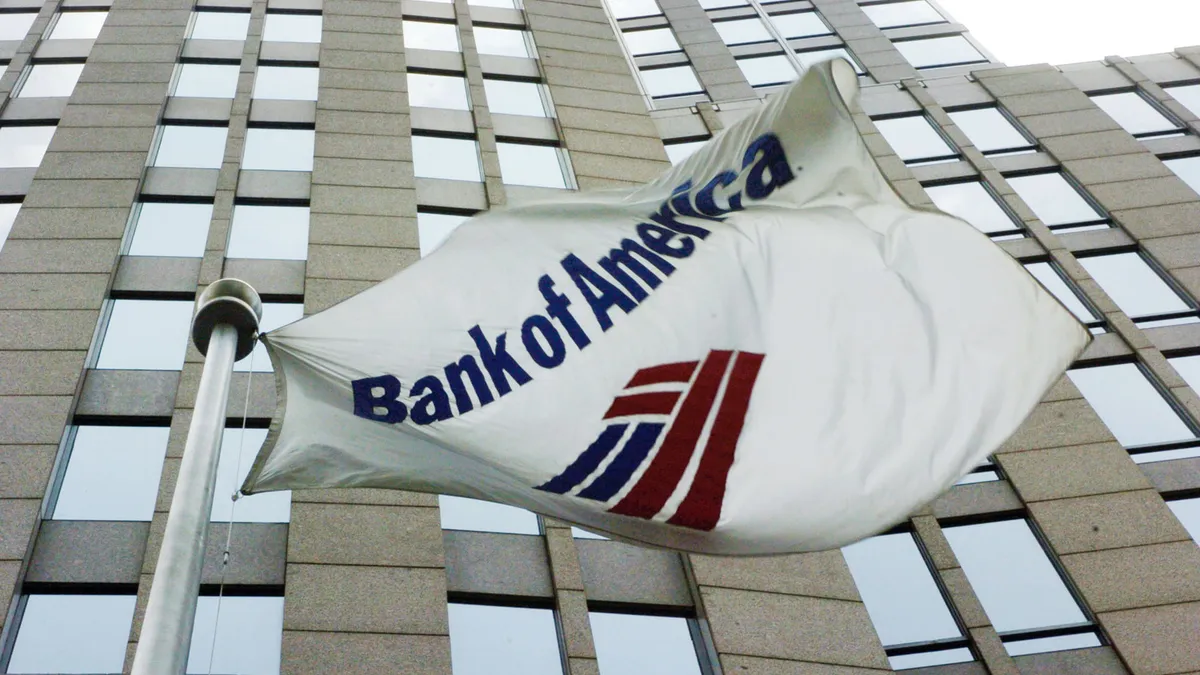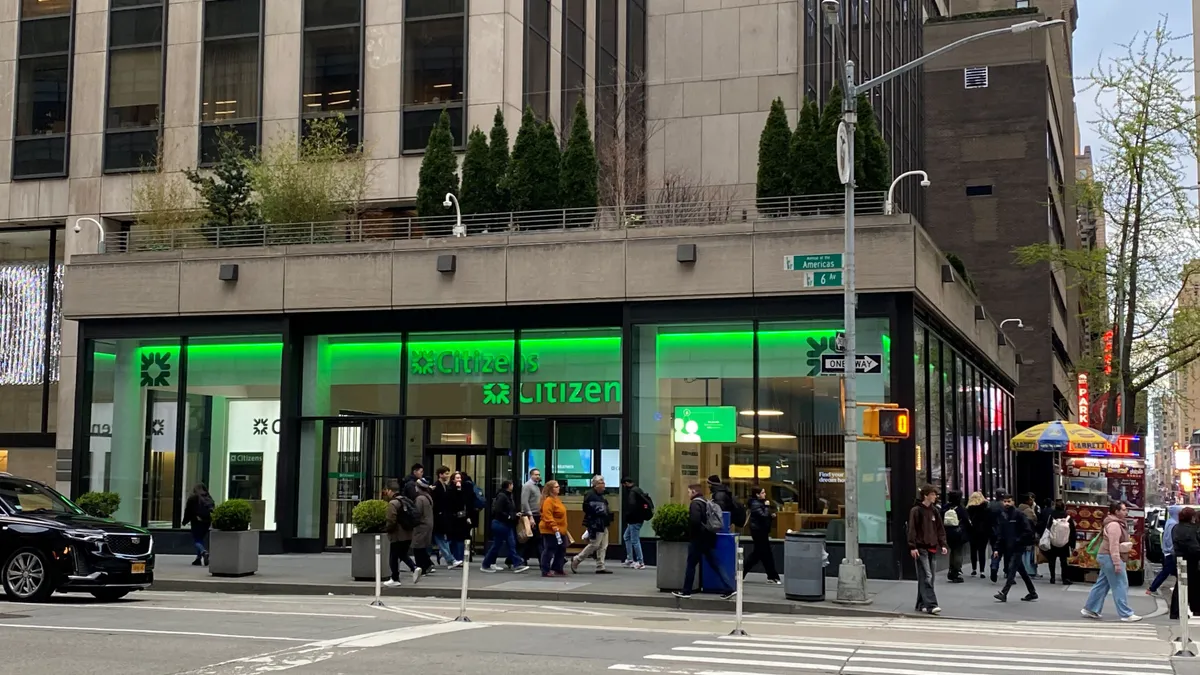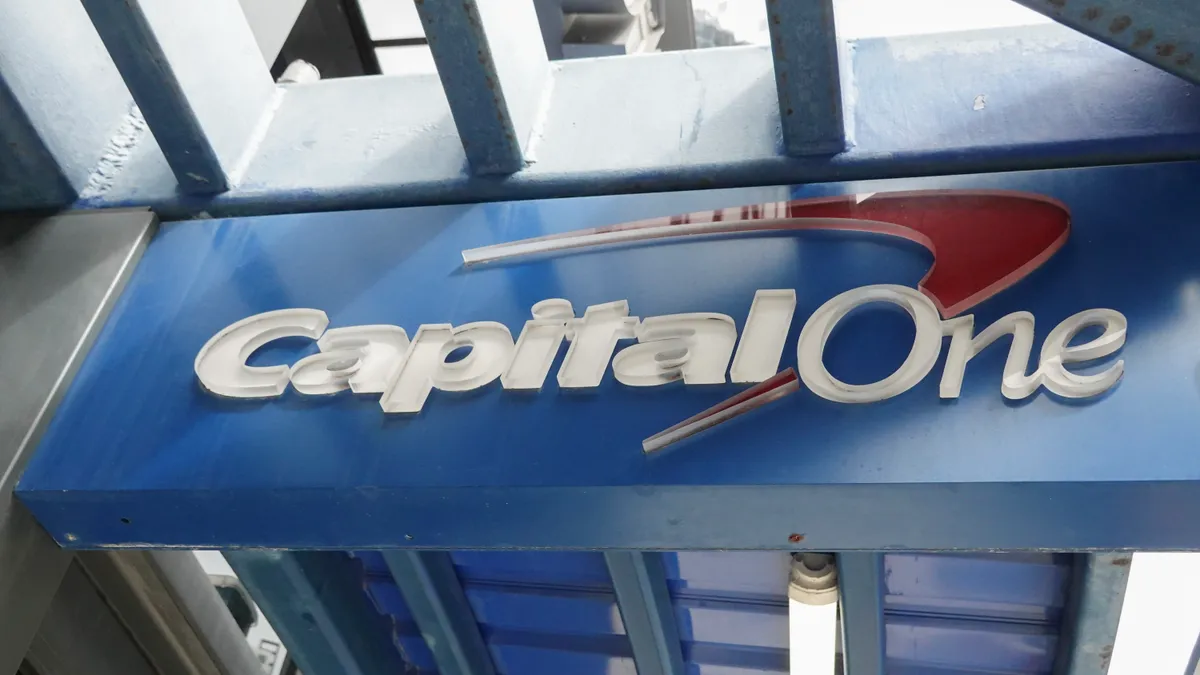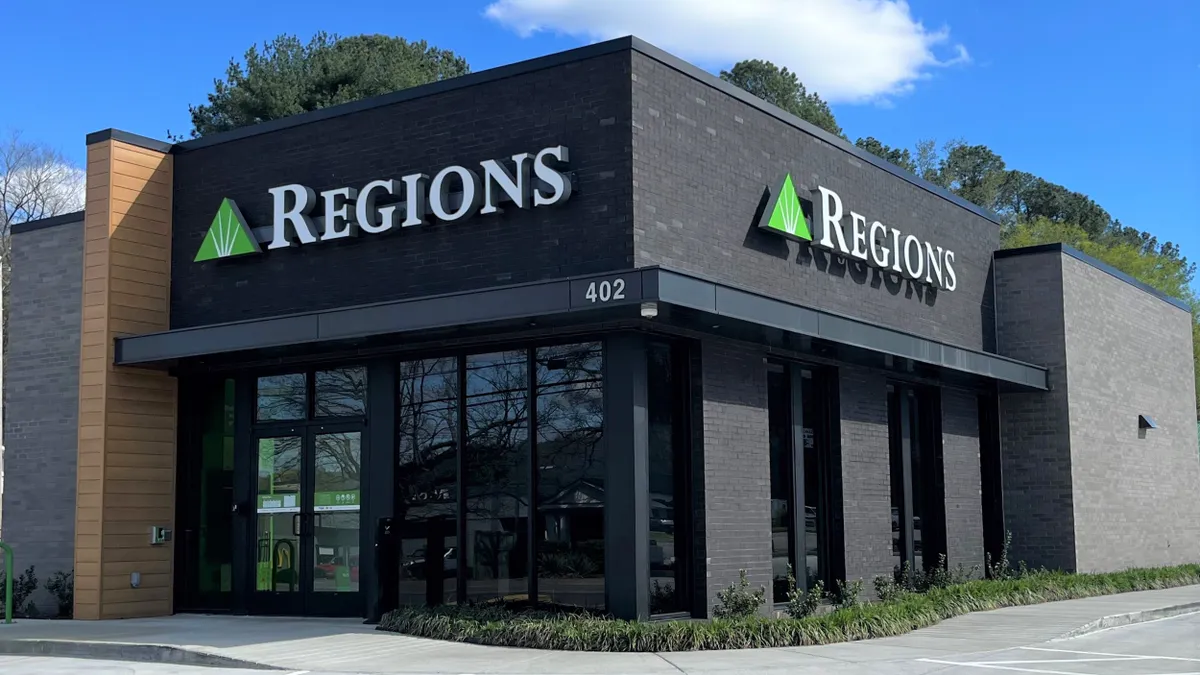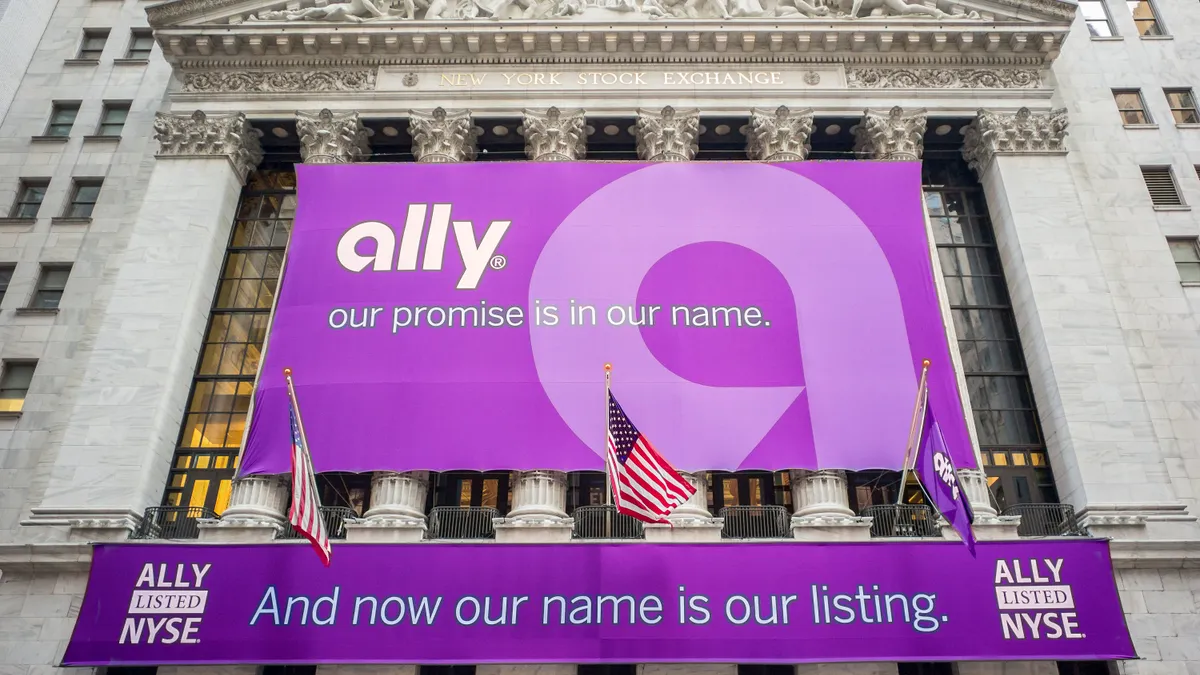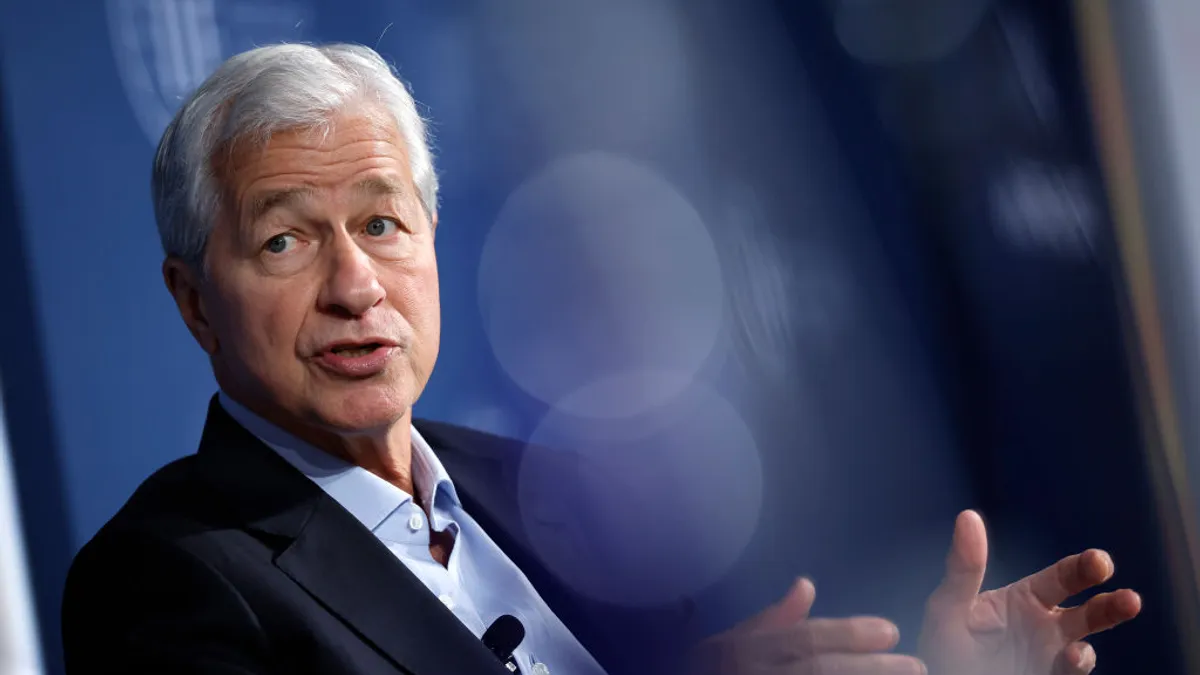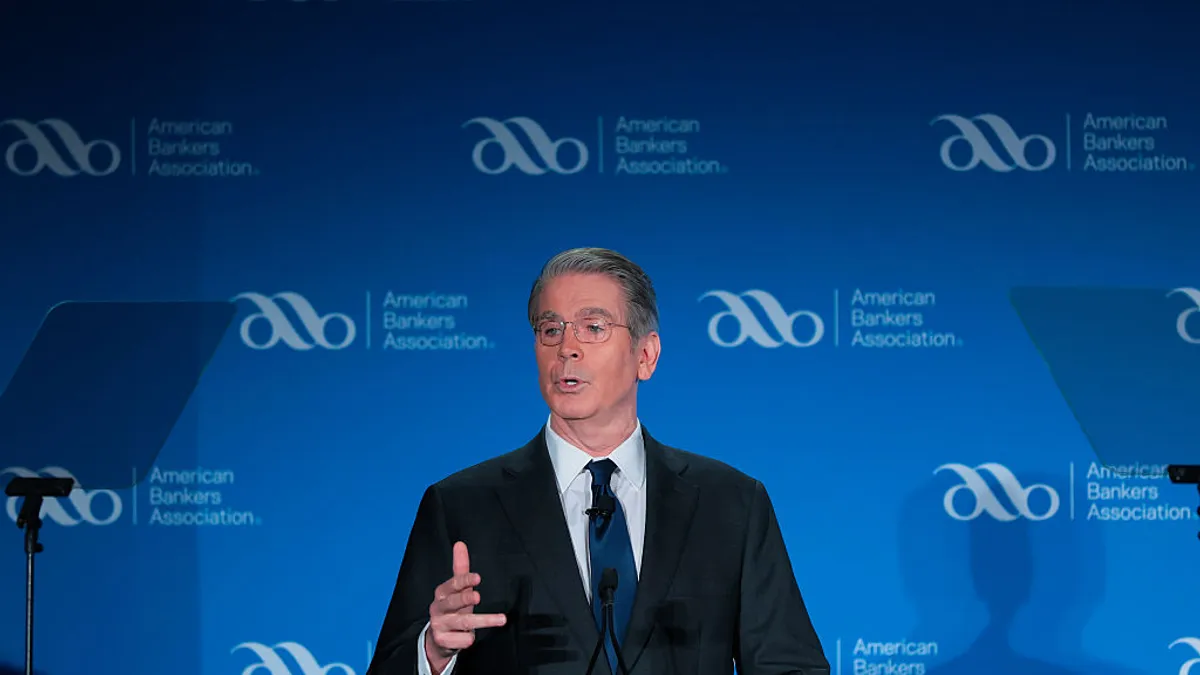Mohamed Abdelsadek is executive vice president of North America services at Mastercard.
In 1997, a Canadian bank opened a café. That same year, a fledgling American online bookstore held an initial public offering and implicitly made its position clear on brick-and-mortar bookstores and their cafés.
Times were changing. But they were changing differently in different sectors. A bookstore with a café seemed passé; a bank with a café seemed pioneering. Retailers were being transformed by technology while bank branches were unaffected.
Almost a quarter-century later, technology has caught up with banking. Bank branches and retailers now find themselves on a similar page.
Where cafés persist, they’re neither passé nor pioneering. They’re just appropriate complements to in-person experiences as brick-and-mortar asserts its role in an increasingly online world. The challenge is how to define exactly what that in-person experience should entail.
To an extent, bank branches can follow retailers with their experiential stores that bridge inventory-light showrooms offline with immersive commerce online. But the sectors are different, and simple emulation won’t suffice.
Branching out
Branches are costly. So are their redesigns. Banks stuck in leases and seeing limited foot traffic are liable to view branches as a burden. Such an attitude is as understandable as it is ill-advised.
Branches can hardly seem a priority when compared with digital agendas, such as shifting to a cloud-based infrastructure and establishing platforms to accommodate open banking. But digital banking practices and bank branches are no more mutually exclusive than e-commerce and traditional retail.
Fewer branches also yield less physical brand presence and reduced face-to-face interactions, which are important for cross-selling products. As incumbent banks improve the quality of their mobile banking experiences, branches can seem like enviable assets to online-only neobanks struggling for brand awareness. The offline encroachment of erstwhile online-only retailers is instructive.
Still, customers need a reason to visit their branches. Cafés are one way to entice people. But the proposition is limited when the location is a bank rather than a bookstore. “I’ll read my books and I’ll drink coffee,” said one of American novelist J.D. Salinger’s protagonists. He wasn’t referring to the perusal of financial ledgers.
Banks need to make branch visits financially useful as well as pleasant. They also need to be in step with their customers.
Playing catch-up
The U.S. saw 3,324 branch closures in 2020 versus 1,040 openings, according to S&P Global. Brazil’s five largest banks closed 1,364 branches in 2020 and opened 12, according to the trade-union research institute DIESSE. The consumer group, Which?, estimates that U.K. branches have been closing at a rate of about 50 per month since 2015.
It’s not that customers don’t want bank branches. It’s just that they now have a broader set of channels to use. Banks too often find themselves playing catch-up with their customers. So, the future should be less about downsizing branch networks and more about adjusting branch networks to focus on exactly what customers need and where. That can even mean upsizing.
Customer needs may reflect specific regional considerations or be generalized across countries. Not all branches perform the same functions. Some benefit from high transactions; others are more sales-oriented. A hub-and-spoke approach can allow larger branches to link to a network of local branches.
Testing against controls can help identify what matters in which branch. Tests may include varying opening hours, modifying staffing roles and deployment across branch networks, providing more self-service opportunities or offering pop-up locations. Many branches are located outside urban centers and are treated as partners to local communities. A café in such locations could go beyond a simple enticement to create a distinct business hub feel.
What’s missing is the digital agenda and the role branches play as part of that digital journey. Customer journey mapping can take the tests one step further by looking at how and when customers interact with digital channels outside of the branch. The results can then inform digital-first branch remodeling. Solutions may include facial recognition upon arrival, touch-screen interfaces, video conferencing, immersive virtual reality workshops, staff as tech-enabled concierges and drive-through locations with artificial-intelligence-enabled screens.
Like the fusion of online and offline through experiential stores in retail, the extent of technological rollout should be branch-specific and region-specific. The combination of controlled testing and customer journey mapping should ensure efficient returns on investment that justify initial expense.
Bank to the future
In 1997, the term digital banking was still nascent. Today, it’s hardly distinguishable from banking in general. But, as demonstrated by experiential retail, it would be a mistake to assume that traditional brick and mortar has no place in a digital future. Far from a liability, physical branches are an asset that online-only competitors don’t have.
Not all branches will warrant a café. Still, the technology needed across all branches will need to be handled like a modern cup of coffee. No longer a simple black or whitened-with-milk proposition, digital-first branches will need to work hard to meet the precise predilections of their customers.




